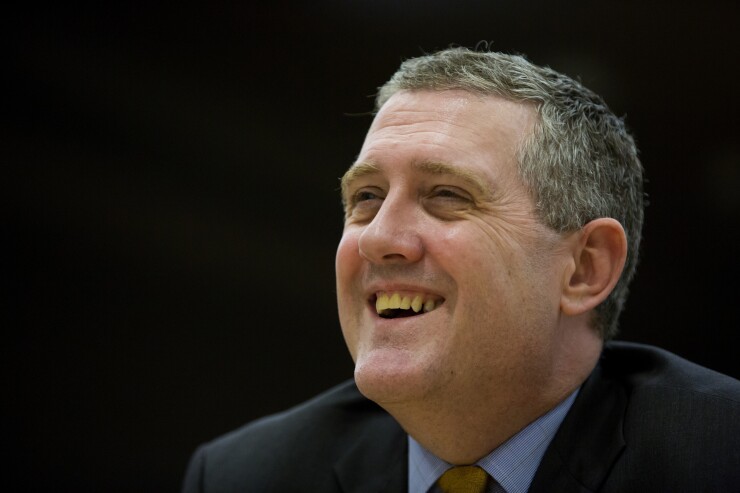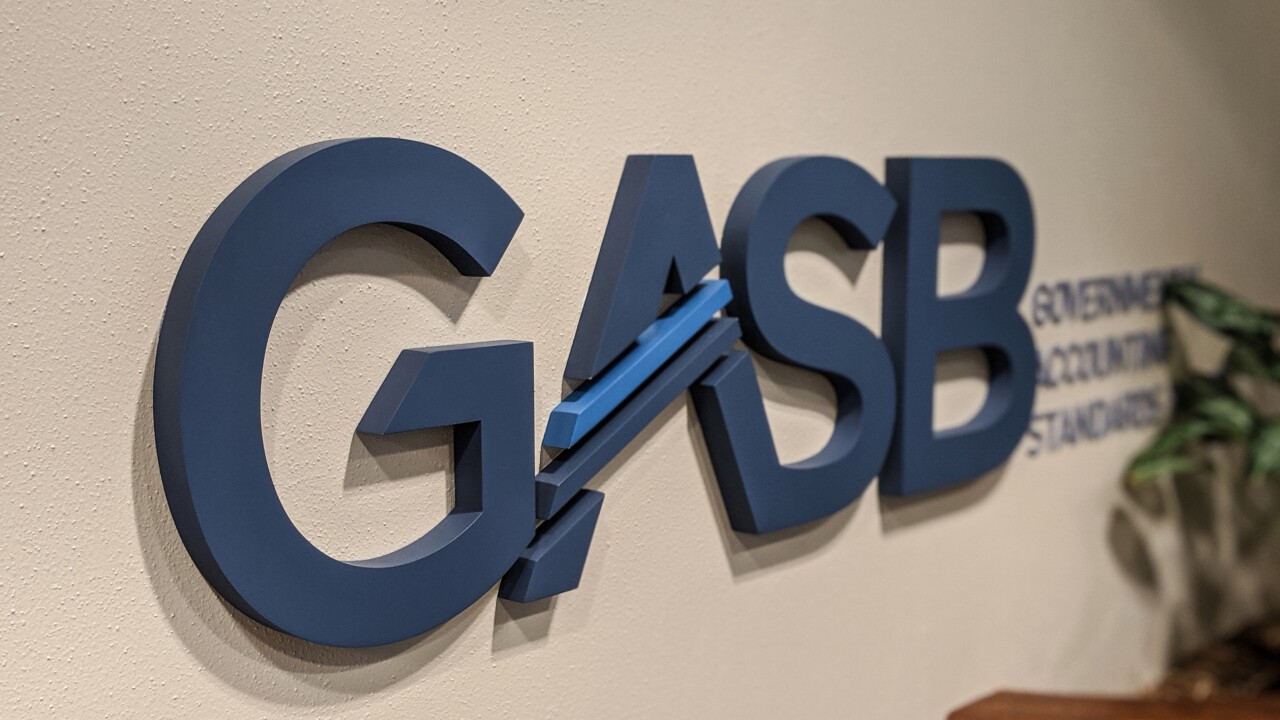Monetary policy may be closer to neutral than it has been, meaning very little tightening is needed, Federal Reserve Bank of St. Louis President James Bullard said Tuesday.
While still termed accommodative, with estimates of the neutral real rate (or r-star) near zero, and the fed funds rate target 1.25%-1.50%, and year-over-year core personal consumption expenditures at 1.5%, “the current policy setting is closer to neutral than in previous years,” Bullard said in a speech at the University of Kentucky, according to information released by the Fed.

While GDP “surprised to the upside” last year, “The natural forecast to make at this point would be that growth will slow toward the trend pace during 2018 and 2019,” he said.
But, he said, “a tax-driven investment boom” could change that. “If investment returns to its average from past expansions, growth in the U.S. will improve,” Bullard said.
“Most forecasters seem to be hedging their bets on whether or not an investment boom will materialize,” he added. “An investment boom is not my baseline case, but I am keeping a close watch on this issue.”
Inflation remains low despite a strong labor market. “Continued strong labor market performance is unlikely to translate into meaningfully higher inflation because Phillips curve effects are weak,” Bullard noted.
But, inflation expectations are now closer to the 2% the Federal Open Market Committee targets.
“I caution against interpreting good news from labor markets as translating directly into higher inflation,” he said. “The empirical relationship between these variables has broken down in recent years and may be close to zero.”





